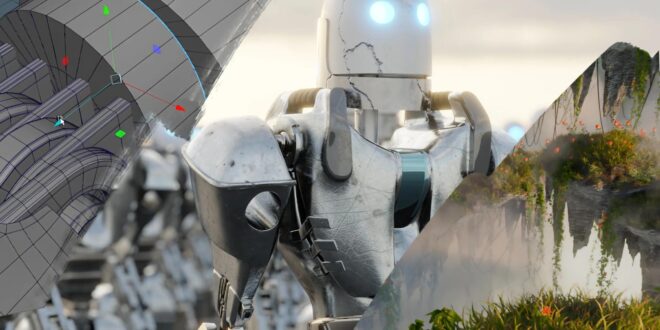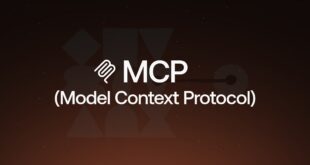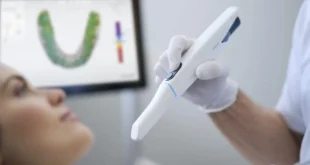3D animation has shifted from being a niche tool for entertainment to a central pillar in industries as varied as film, gaming, architecture, marketing, and healthcare.
In 2025, its reach is even broader, with creative media shaped by technologies that make content smarter, faster, and more immersive.
Readers looking into this topic usually want more than just predictions; they want to understand how these trends directly influence storytelling, design, and business opportunities.
The Rise of AI-Assisted Workflows

Artificial intelligence is no longer just a buzzword—it is now embedded in production pipelines.
AI-driven algorithms help with asset creation, scene optimization, and even predictive rendering.
Studios and independent creators alike are using AI tools to automate repetitive tasks, freeing up human artists for high-level creative decision-making.
- AI-generated textures reduce the hours once required for material design.
- Machine learning improves real-time character rigging and facial animation accuracy.
- Automated rendering cuts costs while delivering more complex visuals at speed.
For creators, this means production budgets can stretch further, and deadlines can be met with fewer compromises.
The creative process becomes more about refinement and less about heavy manual labor.
Converting Real-Life into 3D Assets
Another powerful shift in 2025 is the growing ability to transform reality into digital form. Photogrammetry and scanning techniques are not just for big studios anymore; they’re becoming accessible for freelancers and small teams. One notable application is the ability to turn everyday images into 3D assets.
Photo to 3d model converters allow creators to upload standard photographs and generate accurate three-dimensional models.
This reduces barriers for architects prototyping buildings, game developers populating environments, or product designers building digital catalogs.
Instead of starting from scratch, creators can capture and digitize their ideas quickly, giving them more time to focus on refinement and storytelling.
Hyper-Realism Meets Stylized Creativity
In past years, the trend leaned heavily toward hyper-realism, especially in blockbuster films and AAA video games. In 2025, a new balance is emerging.
While hyper-realistic rendering continues to dominate big-budget projects, many studios and independent creators are intentionally leaning into stylization.
Think of animated films that blend painterly textures with realistic lighting or VR experiences that use surreal, dreamlike designs rather than strict realism.
The result is a new creative duality where realism and stylization co-exist, and audiences embrace both.
This gives animators more freedom to define visual identity based on mood and message rather than technical constraints.
Virtual Production as the New Standard
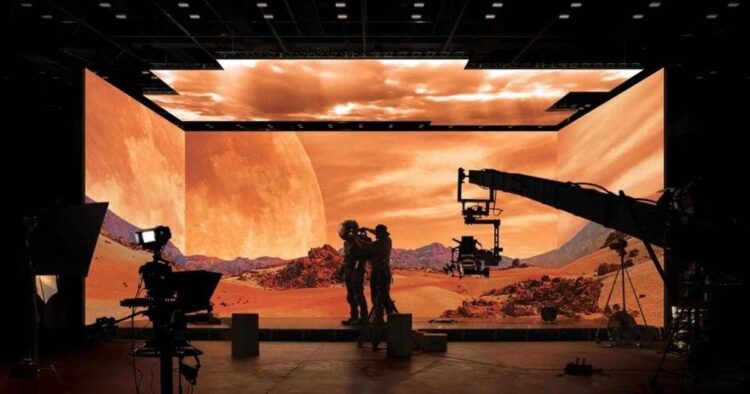
Virtual production, popularized by LED stages and real-time engines, has rapidly moved from experimental to mainstream.
Studios large and small are using real-time environments not only for films but also for advertising, training simulations, and live events.
The benefits are undeniable:
- Scenes can be shot without traveling to physical locations.
- Actors can interact with digital environments in real time.
- Directors gain instant feedback rather than waiting on post-production.
This trend extends far beyond Hollywood. Marketing agencies now craft commercials with virtual stages, while education providers create realistic training scenarios at a fraction of the cost.
The Expansion of Cross-Media Storytelling
3D animation is no longer confined to movies or games.
In 2025, storytelling flows seamlessly across platforms: films expand into VR experiences, video games branch into short-form social media clips, and animated series spawn interactive AR filters.
Audiences expect narratives to be immersive and interconnected, not locked into a single medium.
This convergence is driven by both creative ambition and business models.
Brands see cross-platform content as a way to maximize reach, while creators use it to experiment with audience engagement in fresh ways.
Real-Time Rendering for Everyday Use
Real-time rendering was once a high-end feature, requiring expensive hardware. Today, thanks to engine optimization and cloud computing, real-time visuals are everywhere.
Architects present photorealistic building walkthroughs on tablets.
Game developers test environments instantly. Even e-commerce brands are embedding interactive 3D product previews directly in their online stores.
The immediate feedback loop of real-time rendering fundamentally changes how professionals work.
It reduces revision cycles, helps clients visualize results earlier, and ensures projects stay aligned with expectations.
Personalization and User-Centric Design
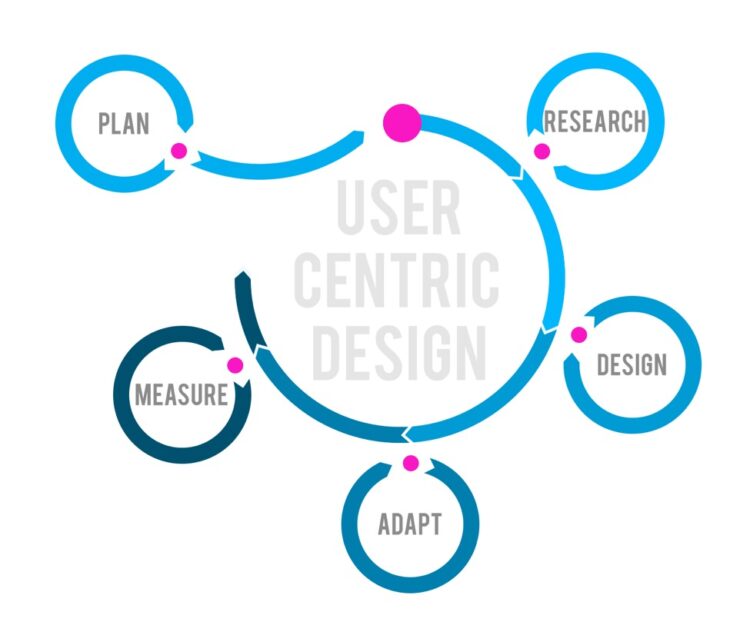
Audiences in 2025 expect content tailored to them. In creative media, this translates into adaptive storytelling, interactive elements, and customizable digital assets.
3D animation is at the heart of this personalization wave.
- Streaming platforms experiment with branching narratives driven by real-time rendering.
- Virtual influencers adjust looks or personalities based on audience interaction.
- Retailers offer customizable digital products that customers can personalize before purchase.
The line between consumer and creator continues to blur, making participation part of the storytelling process.
Sustainability as a Creative Imperative
Sustainability has reached the animation world. Studios are rethinking pipelines to reduce carbon footprints. Cloud rendering powered by renewable energy, efficient use of server farms, and reduced reliance on physical travel for shoots are all becoming standard practices.
Even on the creative side, sustainability themes are influencing stories told through animation. Environmental awareness, climate futures, and energy-conscious designs are becoming prominent in animated campaigns and films.
Skills and Collaboration in the Future Workforce
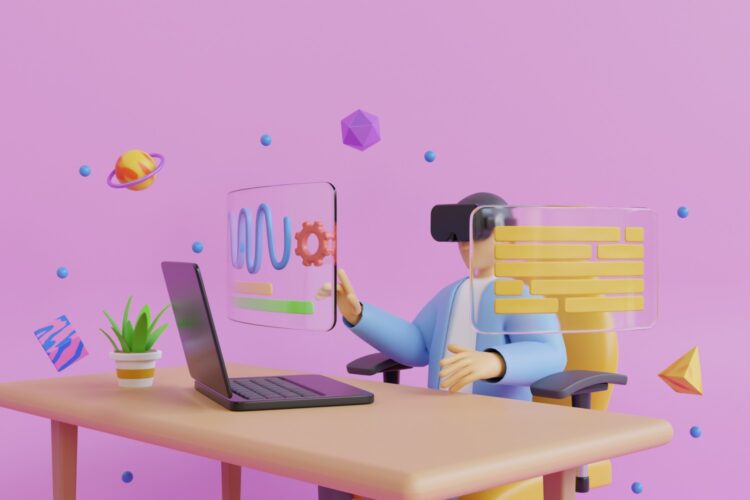
Finally, no discussion of 3D animation trends would be complete without considering the people driving the industry. In 2025, hybrid skill sets are in demand.
Artists are expected to understand both the aesthetics of storytelling and the technical aspects of software.
At the same time, remote collaboration has become second nature, with international teams seamlessly co-creating through cloud platforms.
Studios emphasize interdisciplinary collaboration: animators, developers, sound designers, and marketers working together from the earliest stages of production.
This integrated workflow shortens timelines and ensures creative alignment from concept to delivery.
Conclusion
The world of 3D animation and creative media is evolving rapidly, and 2025 marks a pivotal moment where technology, artistry, and cultural shifts align.
What was once limited to large studios with deep pockets is now accessible to independent creators, educators, and businesses across industries.
These trends are not temporary fads; they represent structural changes that will define creative media for years to come.
Those who adapt early, whether by embracing AI workflows, experimenting with cross-media storytelling, or integrating sustainability, will shape the future of digital creativity.
The opportunities ahead are vast, and the tools have never been more within reach.
 Hi Boox Popular Magazine 2025
Hi Boox Popular Magazine 2025
